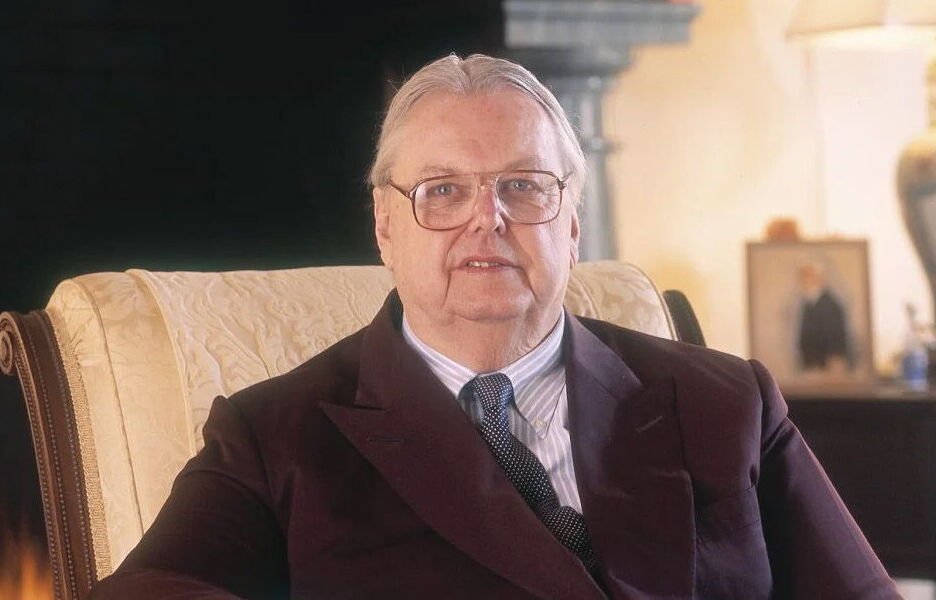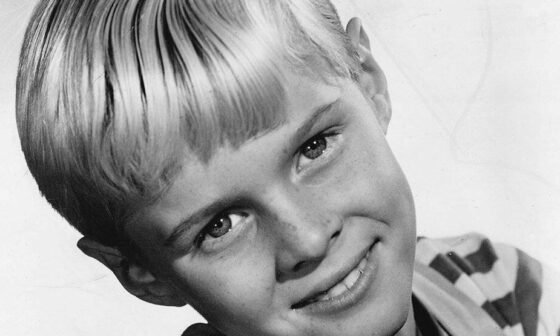Business Achievements and Success Drivers
A Gilded Age house became a thriving business under William Amherst Vanderbilt Cecil. After taking over Biltmore Estate in 1960, he restored, enhanced guest amenities, and diversified revenue streams. His efforts led to the estate’s first large yearly profit in 1969, a turning point. His 1985 founding of Biltmore Winery elevated North Carolina’s wine sector and made it the most visited winery in the US. Under his direction, The Biltmore Company expanded into luxury accommodation, retail villages, branded products, and agriculture, strengthening its financial stability and cultural mission. His success was based on a philosophy of preserving heritage through profitability, hands-on marketing, operations, and visitor experience, and a long-term vision that matched commercial innovation and historic preservation.
Other Successful Family Members
- John Francis Amherst Cecil (Father) A former British diplomat who opened Biltmore Estate to the public in 1930 and set high standards for hospitality, which helped make it a top tourist attraction.
- Cornelia Stuyvesant Vanderbilt Cecil (Mother) Lead philanthropic efforts and cooperated with local civic leaders to preserve the estate during the Great Depression, establishing it as a cultural landmark.
- George Henry Vanderbilt Cecil (Brother) Built Biltmore Farms into a leading agribusiness and real estate enterprise, exhibiting entrepreneurial skills and increasing the family’s regional economic power.
- Cornelius Vanderbilt (Ancestor) Founded a railway and shipping business, becoming one of America’s wealthiest entrepreneurs and a big philanthropist whose legacy shaped the family’s success.
- Harold Stirling Vanderbilt (Relative) The family’s skill and social leadership were demonstrated by their success as railway executives, great yachtsmen, world-class bridge players, and civic leaders.
FAQ
What strategic moves revived Biltmore Estate’s profitability?
He put phased restorations first, added new sources of income like housing and winemaking activities, and put profits back into preservation. This kept both the finances and the history in good shape.
How did Biltmore Winery influence regional development?
He established a high-quality vineyard and tourist centre to promote North Carolina’s winemaking potential, encourage tourism, and boost the state’s wine sector.
Which leadership qualities defined his tenure?
His innovative thinking, painstaking attention to detail, and balanced approach to profit and preservation helped him achieve seemingly unachievable goals while honouring the estate’s legacy.
How did his family heritage inform his approach?
Born from charity and high hospitality, he applied public service and cultural stewardship to every area of estate management.
What is the broader Vanderbilt legacy?
The family has always had an impact on American culture, industry, and philanthropy. For example, Cornelius Vanderbilt built a transportation empire, and his descendants have made important contributions to diplomacy, urban planning, and farming.






